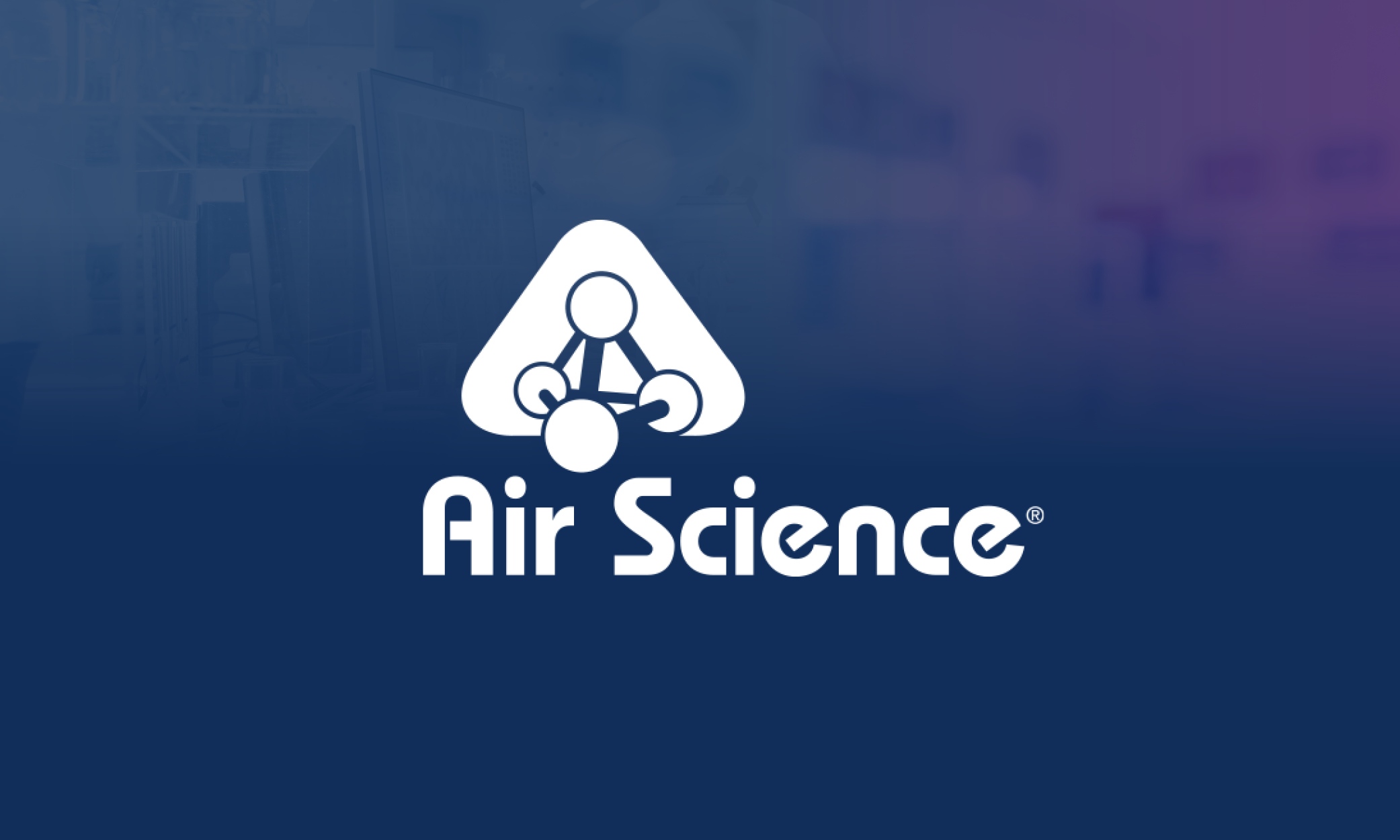
The ongoing COVID-19 outbreak has severely stressed the worldwide healthcare system and created dangerous shortages of personal protective equipment (PPE) including N-95 masks. The pandemic has also brought new attention to ultraviolet (UV) light and its measures to safeguard equipment and PPE protection against COVID-19 contamination.
In support of global operations in the midst of the COVID-19 pandemic, Air Science is helping first responding agencies that are continually concerned with the health and safety of their personnel. Two recent examples of this partnership include the West Allis Police Department in Wisconsin and the United Kingdom Air Ambulance Service.
DNA Decontamination
UV light is proven to kill or inactivate microorganisms by destroying nucleic acids and disrupting their DNA. This break down in DNA helps minimize cross-contamination in sensitive polymerase chain reaction experiments.
There are three main subtypes of ultraviolet light, UVA, UVB, and UVC, the names of which correspond to different wavelengths on the light spectrum. Not all types of UV are effective at decontaminating surfaces of erroneous DNA.
UVA light has a wavelength of 315 to 400 nanometers and is considered “long wave” UV light. This light is not absorbed by the ozone layer and does not decontaminate surfaces of DNA.
UVB light has a wavelength of 280 to 315 nanometers and is called “medium wave” UV light. This light is mostly absorbed by the ozone layer and has a minimal effect on DNA with direct exposure.
UVC light has a wavelength of 100 to 280 nanometers and is known as “short wave” UV light. This light is considered germicidal and can damage living cells, but cannot effectively penetrate skin layers. UVC light is completely absorbed by the atmosphere.
Decontamination practices typically call for UV light in the wavelength of 254 nanometers and direct exposure of the surfaces for a period of 90 minutes to ensure all DNA and microbes have been eradicated. The maximum distance from the contaminated surface is recommended to be no more than 10 cm and must be directly above the item to be effective.
Simple light fixtures fitted with UV lights are not sufficient to ensure DNA decontamination. The light emitted often does not directly impact all surfaces of every piece of equipment being treated and the intensity of light exposure is not enough to ensure full decontamination. Learn more about UV sterilization in our whitepaper, Using UV Light to Eliminate DNA Cross-Contamination.
Our Solution
The Air Science UV-Box™ decontamination chamber, a high efficiency chamber designed to create light emission conditions known to safely decontaminate contents while providing a safe working environment for the operator. High intensity UV lamps destroy exposed surface DNA and bacteria. The UV-Box is available as a benchtop decontamination chamber or tunnel decontamination chamber.
Contact Air Science today for a quote or to learn more.